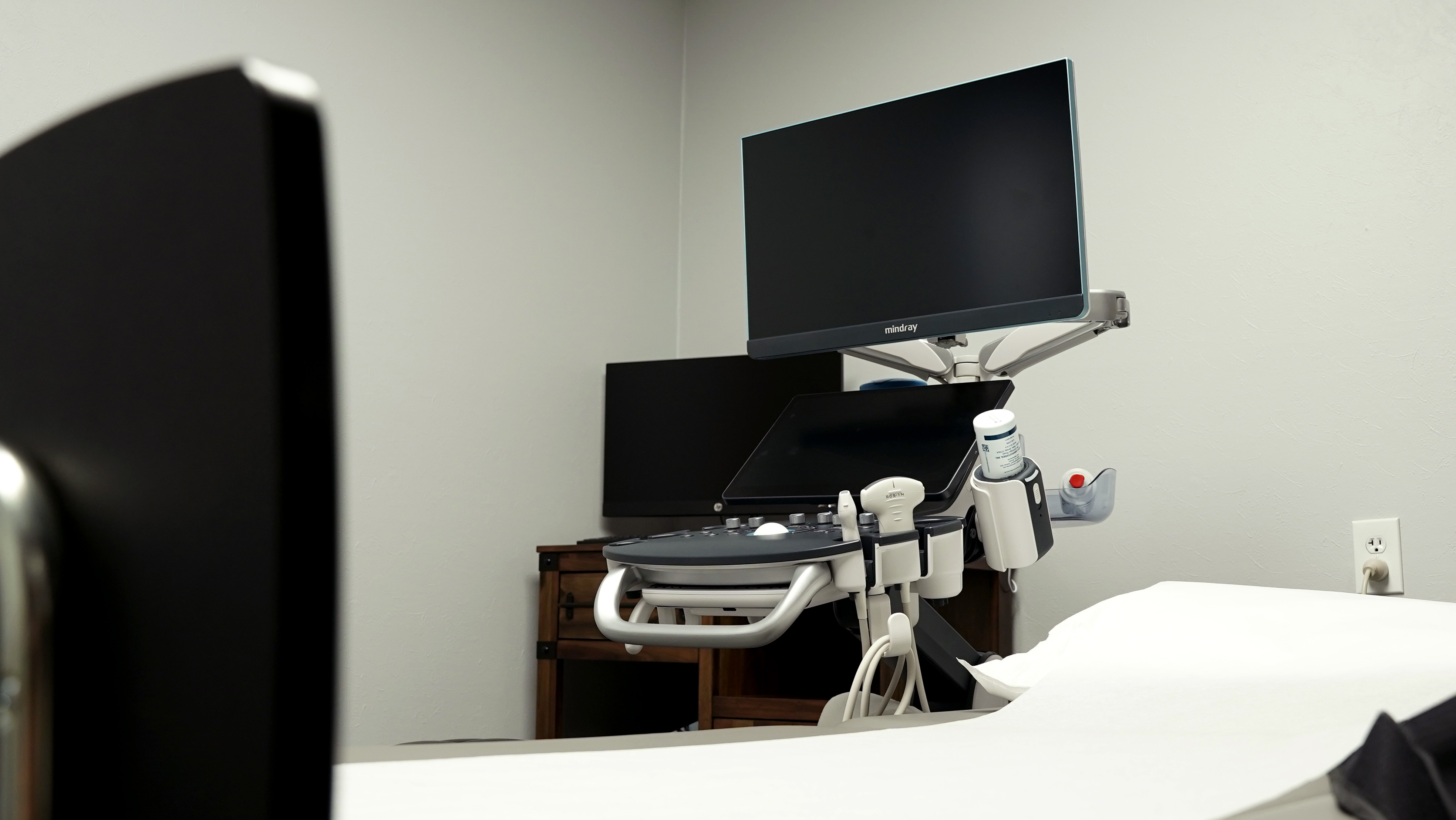Vein ligation and stripping is a surgical procedure to treat larger or more problematic varicose veins that may not respond to less invasive treatments. While these veins are often visible and unsightly, they can also lead to discomfort, swelling, heaviness, or even skin changes and complications if left untreated. This procedure targets the source of the problem for long-lasting relief and improved leg health.
During the procedure, our specialist makes small incisions near the affected vein. The vein is first tied off (ligated) to stop blood flow, and then carefully removed (stripped) from the leg. This redirects blood through healthier veins, improving circulation and reducing pressure in the surface veins. Recovery involves some rest and compression stockings, but most patients can gradually resume normal activities within a few weeks. Over time, treated veins do not return, giving patients both functional relief and improved cosmetic results.
Vein ligation and stripping is an effective solution for patients with larger or recurrent varicose veins that cause discomfort, swelling, heaviness, cramping, or skin changes, especially when less invasive treatments haven’t provided relief. If you experience aching, swelling, heaviness, cramping, or skin changes related to varicose veins, this procedure can provide meaningful relief.
Varicose veins aren’t just a cosmetic concern—they can impact comfort, mobility, and confidence. Our team is here to make the process straightforward, supportive, and effective. If you’re ready to put the pain and frustration of varicose veins behind you, vein ligation and stripping offer a proven path to healthier, smoother, and more confident legs. Schedule your consultation with Lake Area Vein Center today.
Vein ligation and stripping is a traditional surgical procedure to treat severe varicose veins. The process involves two parts: ligation, where the surgeon ties off a damaged vein to stop blood flow, and stripping, where a thin, flexible wire is used to remove the vein entirely through small incisions.
While effective, vein ligation and stripping a more invasive surgical procedures than many modern, minimally invasive vein treatments. Newer options like laser or radiofrequency ablation and microphlebectomy are often preferred due to faster recovery, less pain, and lower risk of complications. Ligation and stripping are typically reserved for very large or complex cases that are not suitable for other treatments.
Recovery from vein ligation and stripping is longer and more involved than with modern procedures. You may need to take several days to a week off from work and avoid strenuous activities for a few weeks. You will also need to wear compression bandages or stockings for a period of time to control swelling and aid healing. Pain, bruising, and stiffness are common during the initial recovery period.
Yes, because vein ligation and stripping involve making small incisions, there will be some scarring. The incisions are often made in the groin and at the ankle or calf. While the scars are typically small, they are generally more visible than those from a microphlebectomy.
The veins that are removed during the procedure are gone for good. However, like with other treatments, this surgery does not prevent new varicose veins from forming in other areas of the legs in the future, especially if you have an underlying genetic predisposition.
Unlike most modern procedures that use local anesthesia, vein ligation and stripping is a surgical procedure often performed under general or spinal anesthesia. This means you will either be asleep or the lower half of your body will be numbed for the duration of the surgery.
